I've been tracking down an off idle, part throttle miss. I did a number of things before I pulled intake. So I ended up doing the intake manifold gaskets assuming I had a vacuum leak in the lifter valley - under the intake manifold.
Here's what I found upon removal:
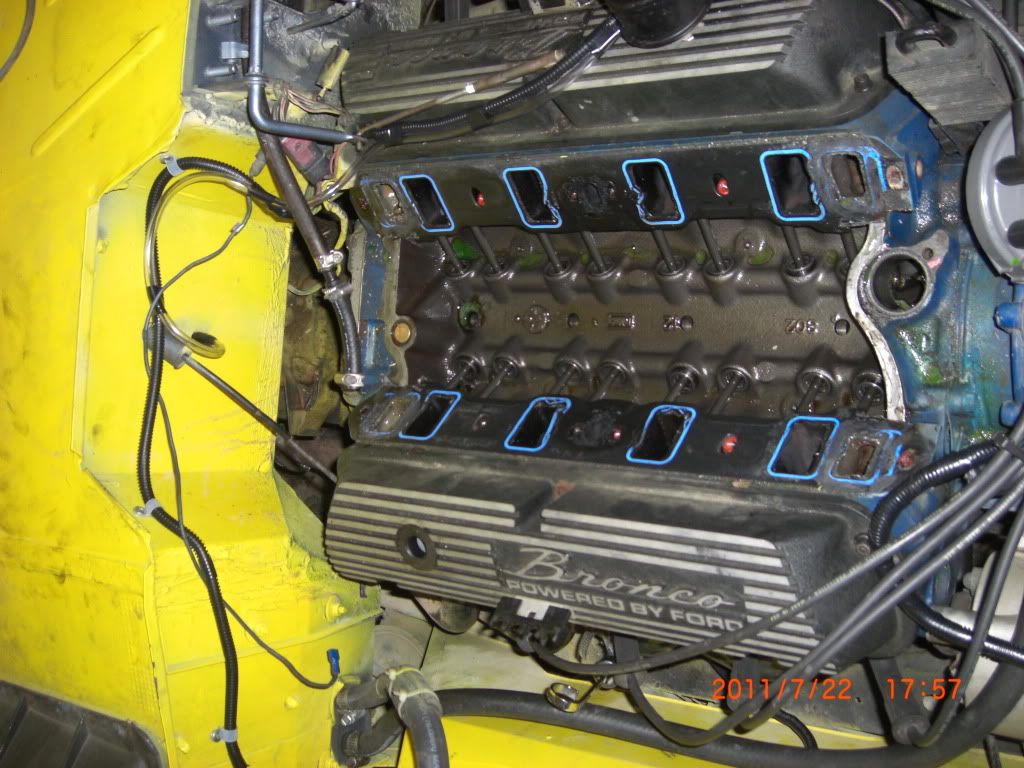
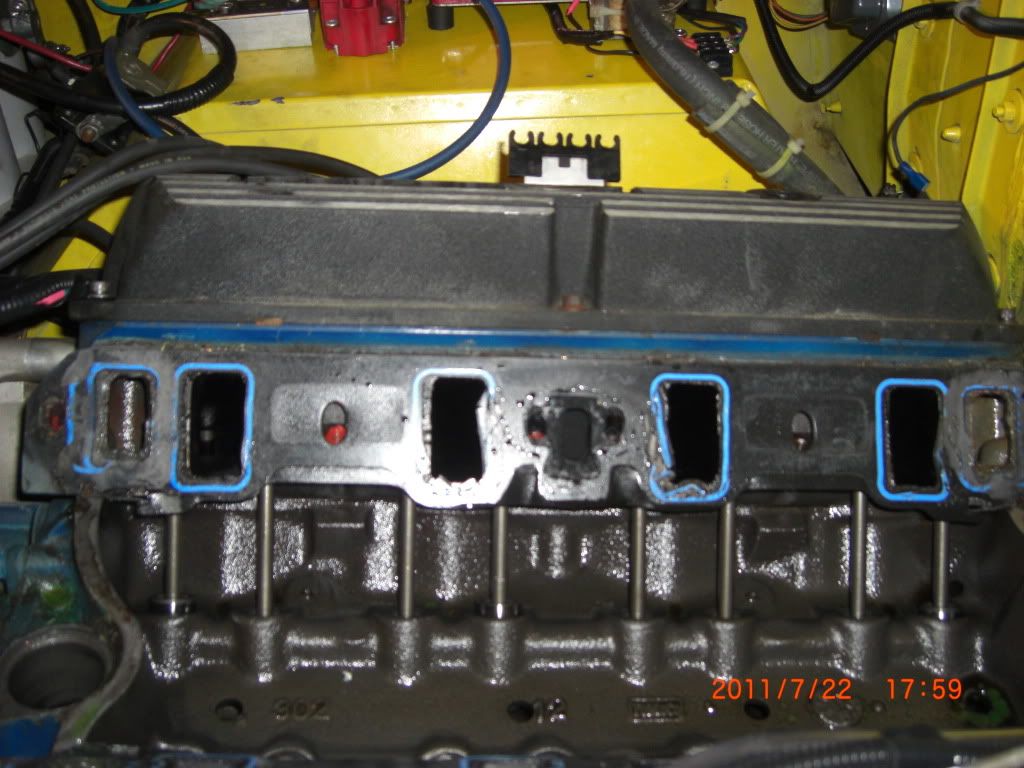

Visually I don't know what this shows, but I expected better from Fel-Pro. I did read about a bad product run from Fel-Pro IDK the exact years but 2004-2005 IIRC. Here's how in the intake manifold looked:
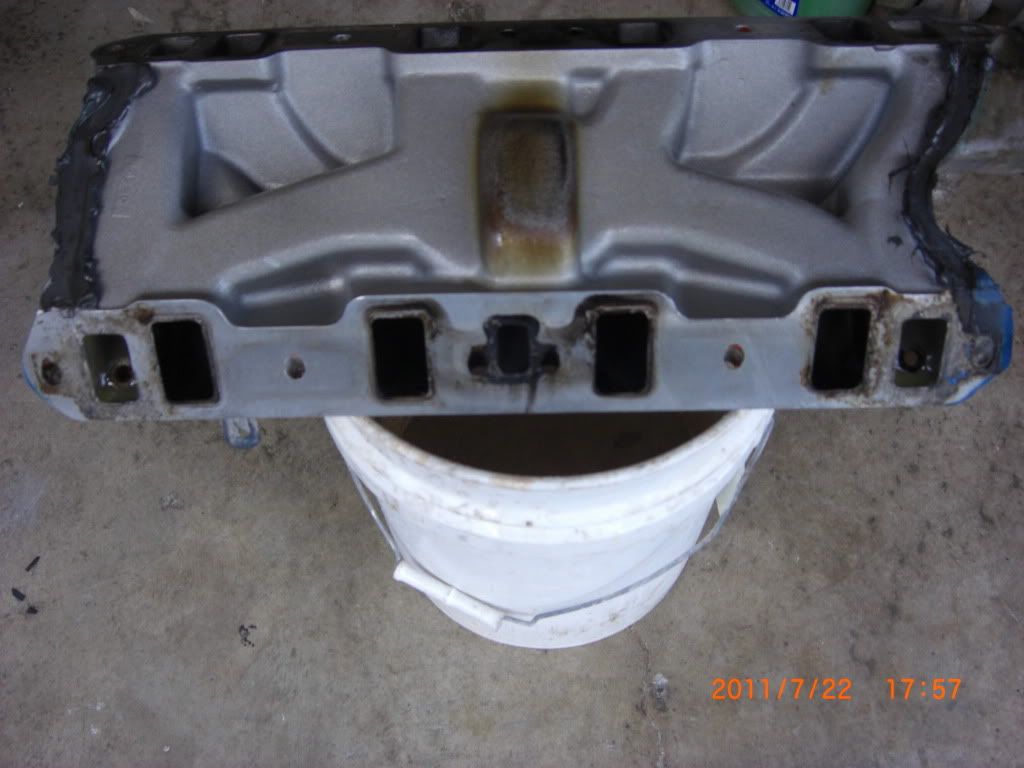
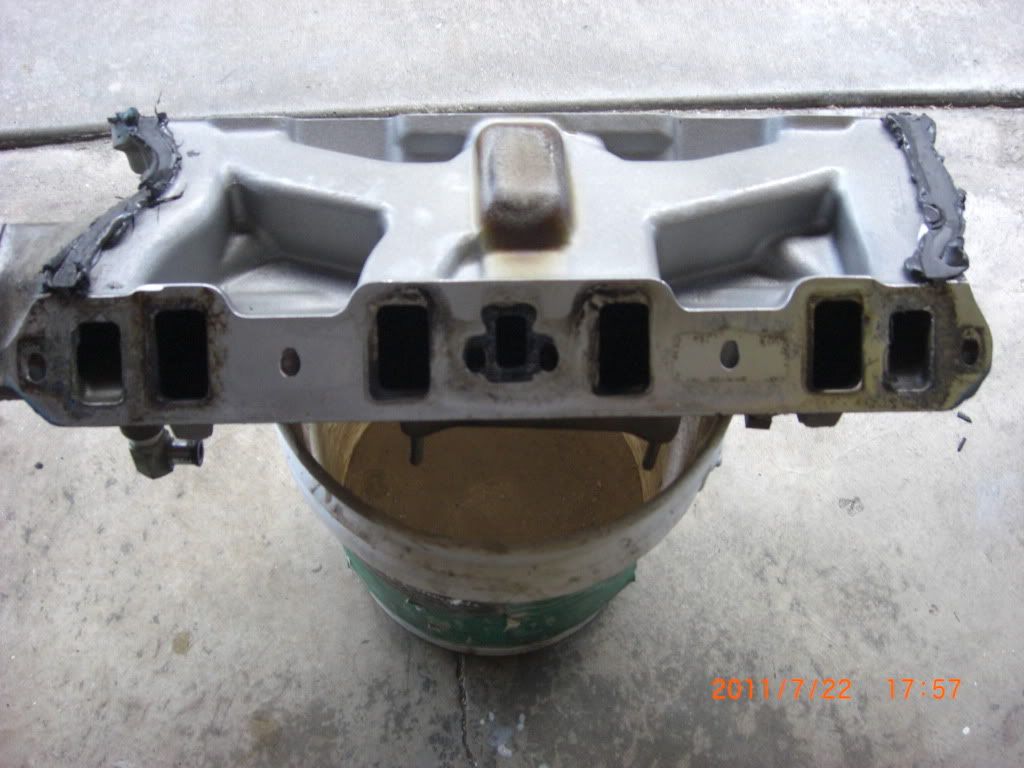
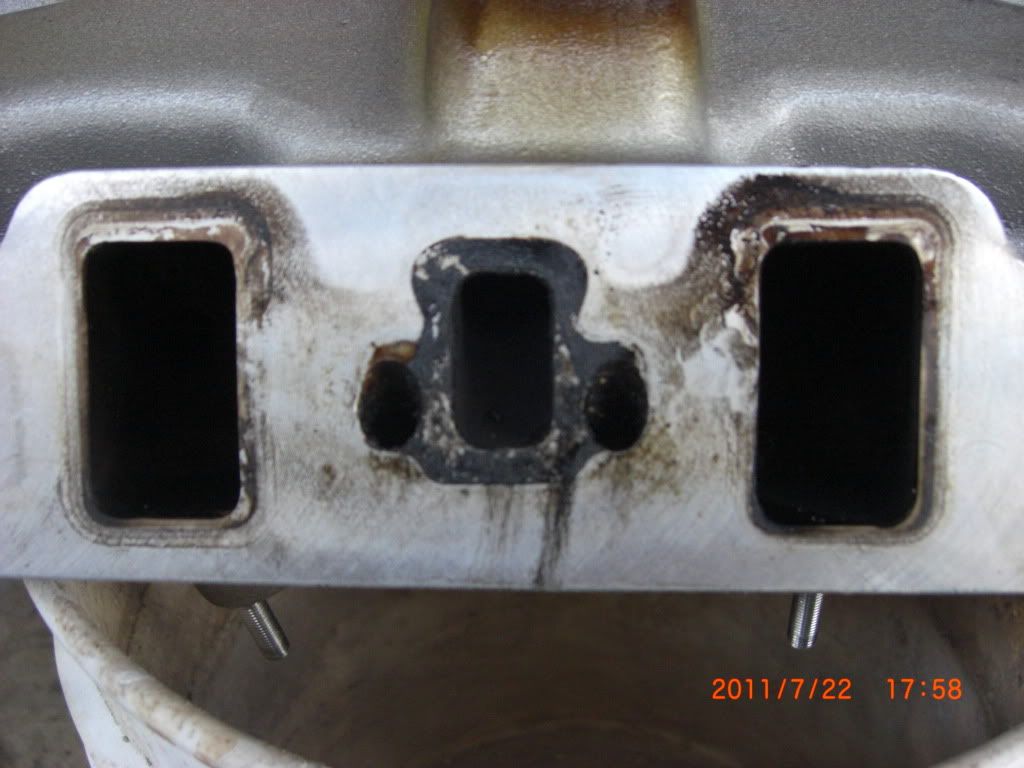
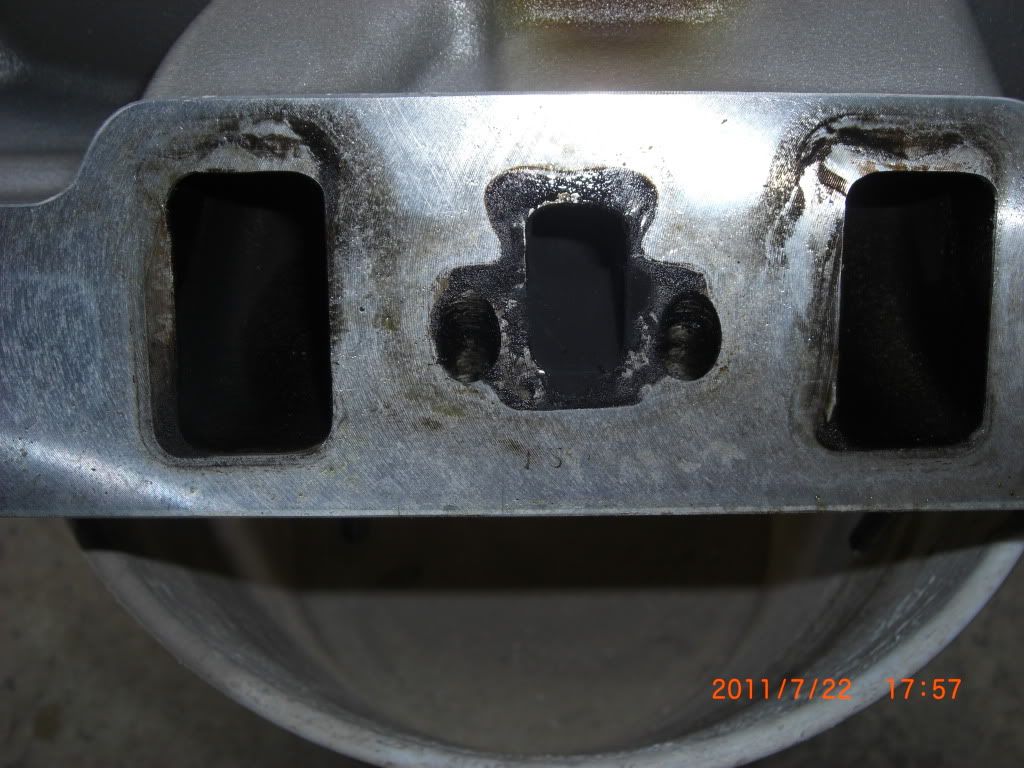
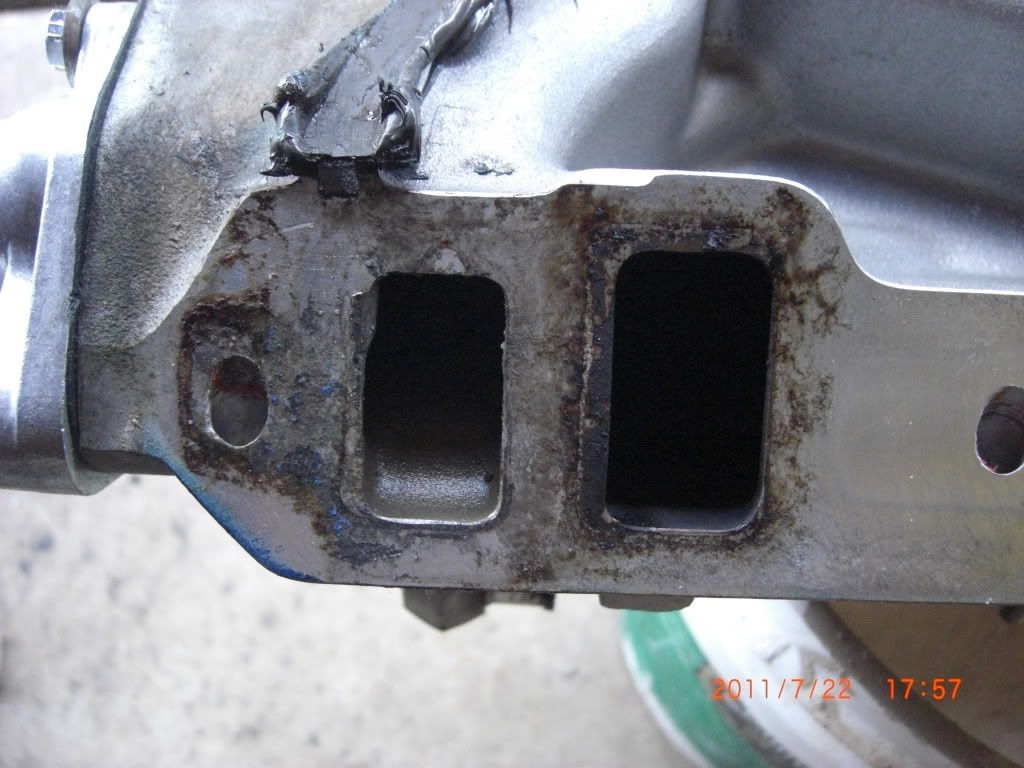
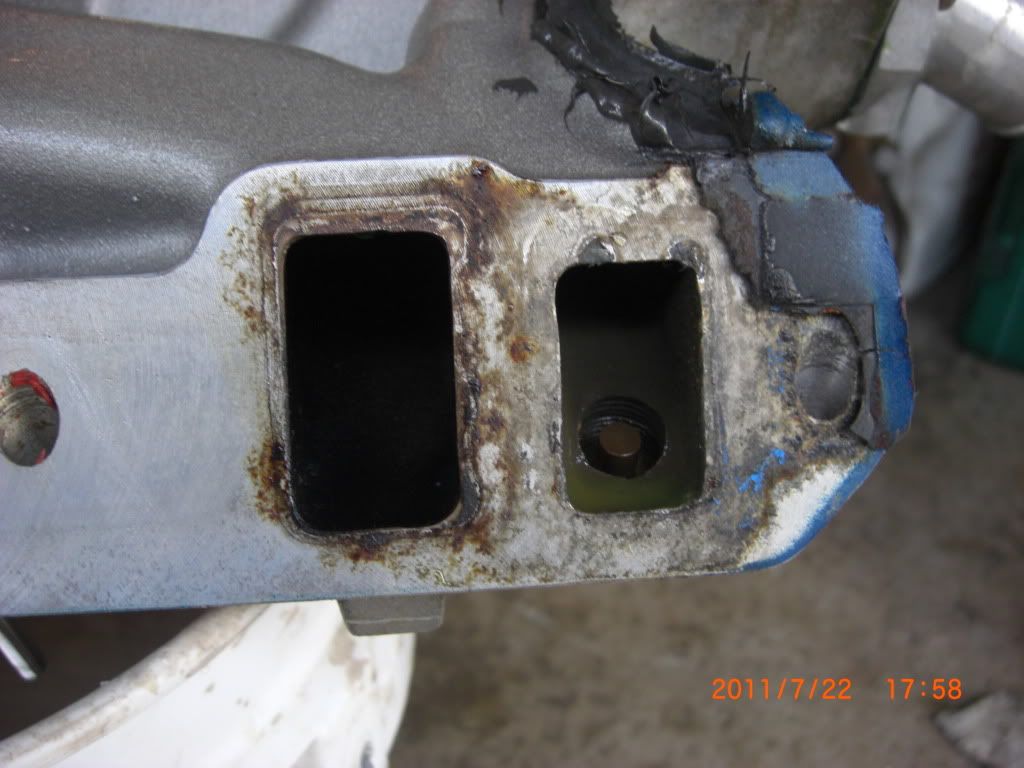
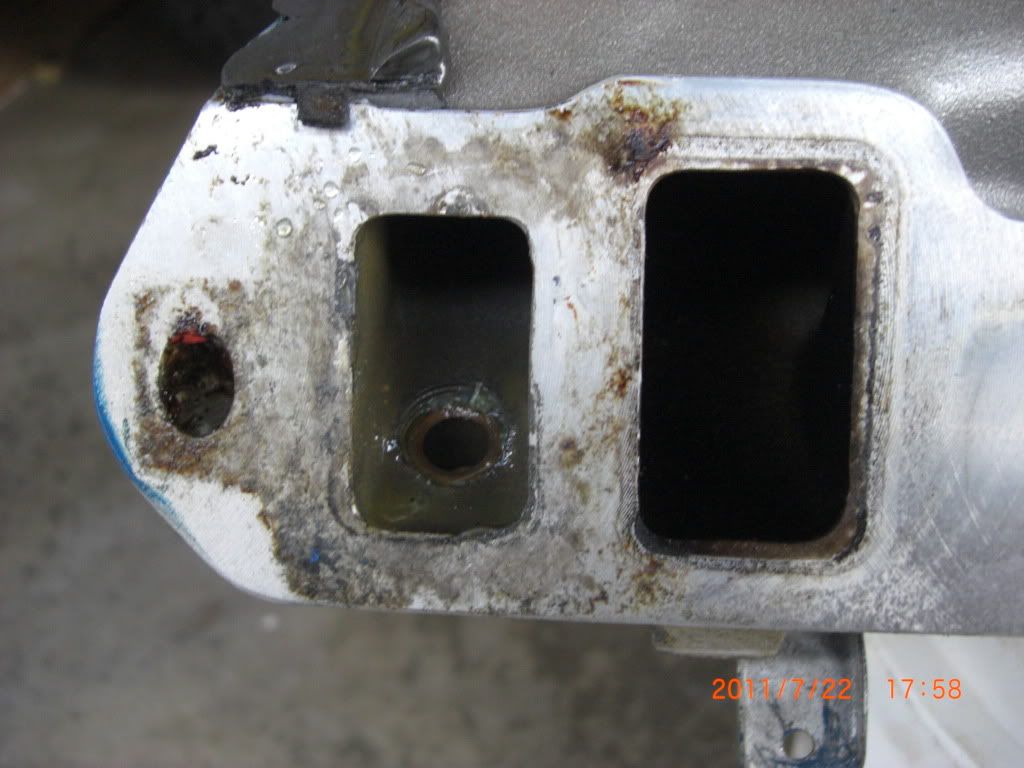
Looked like several vacuum leak suspects to me, but IDK.
I went with Edelbrock gaskets due to suspect Fel-Pro quality.
I used hi tack gasket set, first time. I liked the product. I intend to use it on all paper-ish gaskets (non-rubber/silicone/exhaust gaskets). Here's a progress picture:
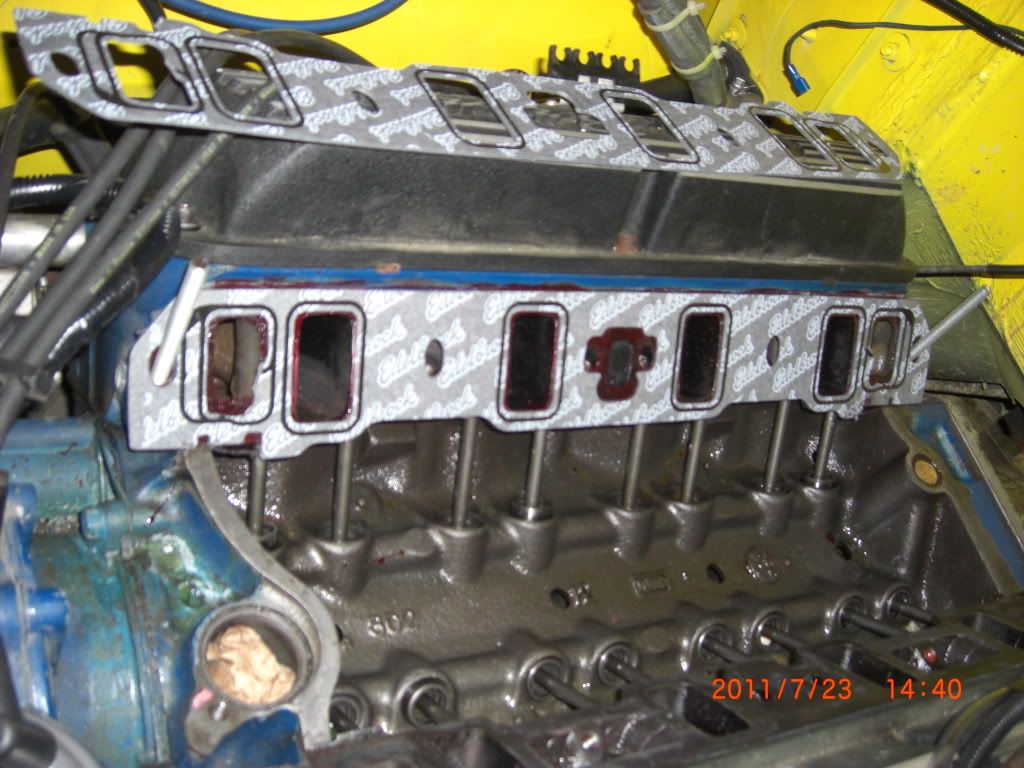

I used right stuff on the front and rear water jackets, intake side as per Edelbrock instructions. I also made some studs out of all thread to help when setting the intake manifold. IDK how much it helped, but all thread is cheap, and throwing sparks with the grinder is cool.
End Result
With a 600 cfm edelbrock 1406 the surging was gone, but the off idle, part throttle miss still existed, better, but not 100%. So I switched over to a 500 cfm carter I had just bought. Now I'm happy, no part throttle miss, great response from bottom on up. Of course some loss of top end, but totally acceptable for the improvement in bottom end repsonse. We'll see about mileage.
DA
Here's some carter info. 125-150 is the going rate for 500 cfm carter, much better then the edelbrock equivelant 1403/1404, also a rebuilt carter may come with spring loaded needle and seats which was OEM for a carter, un upgrade to an Edelbrock.
Here's what I found upon removal:



Visually I don't know what this shows, but I expected better from Fel-Pro. I did read about a bad product run from Fel-Pro IDK the exact years but 2004-2005 IIRC. Here's how in the intake manifold looked:







Looked like several vacuum leak suspects to me, but IDK.
I went with Edelbrock gaskets due to suspect Fel-Pro quality.
I used hi tack gasket set, first time. I liked the product. I intend to use it on all paper-ish gaskets (non-rubber/silicone/exhaust gaskets). Here's a progress picture:


I used right stuff on the front and rear water jackets, intake side as per Edelbrock instructions. I also made some studs out of all thread to help when setting the intake manifold. IDK how much it helped, but all thread is cheap, and throwing sparks with the grinder is cool.
End Result
With a 600 cfm edelbrock 1406 the surging was gone, but the off idle, part throttle miss still existed, better, but not 100%. So I switched over to a 500 cfm carter I had just bought. Now I'm happy, no part throttle miss, great response from bottom on up. Of course some loss of top end, but totally acceptable for the improvement in bottom end repsonse. We'll see about mileage.
DA
Here's some carter info. 125-150 is the going rate for 500 cfm carter, much better then the edelbrock equivelant 1403/1404, also a rebuilt carter may come with spring loaded needle and seats which was OEM for a carter, un upgrade to an Edelbrock.
To determine Carter AFB carb flow, measure the butterfly bores and use the table below:
CFM Venturi Diameter Bore Diameter
primary secondary primary secondary
--------------------------------------------------------
400 1 1/8 1 1/4 1 7/16 1 7/16
500 1 3/16 1 1/4 1 7/16 1 11/16
575 1 1/4 1 9/16 1 9/16 1 11/16
625 1 3/16 1 9/16 1 7/16 1 11/16
750 1 7/16 1 9/16 1 11/16 1 11/16
9000 Series AFB Code Deciphering
Base part number is 9000 and the last three digits refer to flow rating. For example, 9625 is a 625 CFM AFB carb. Adding 0, 9625 means it was set up for a Chevy style linkage, adding 1, 9626, means it is a 625 for a Chrysler, adding 2, 9627, means it is for Ford; adding 10, 9635, means provision for EGR.
If the carb is an aftermarket version, it will have a 9xxx cast in the front near where the mounting stud goes through.
CFM Venturi Diameter Bore Diameter
primary secondary primary secondary
--------------------------------------------------------
400 1 1/8 1 1/4 1 7/16 1 7/16
500 1 3/16 1 1/4 1 7/16 1 11/16
575 1 1/4 1 9/16 1 9/16 1 11/16
625 1 3/16 1 9/16 1 7/16 1 11/16
750 1 7/16 1 9/16 1 11/16 1 11/16
9000 Series AFB Code Deciphering
Base part number is 9000 and the last three digits refer to flow rating. For example, 9625 is a 625 CFM AFB carb. Adding 0, 9625 means it was set up for a Chevy style linkage, adding 1, 9626, means it is a 625 for a Chrysler, adding 2, 9627, means it is for Ford; adding 10, 9635, means provision for EGR.
If the carb is an aftermarket version, it will have a 9xxx cast in the front near where the mounting stud goes through.
Last edited:










